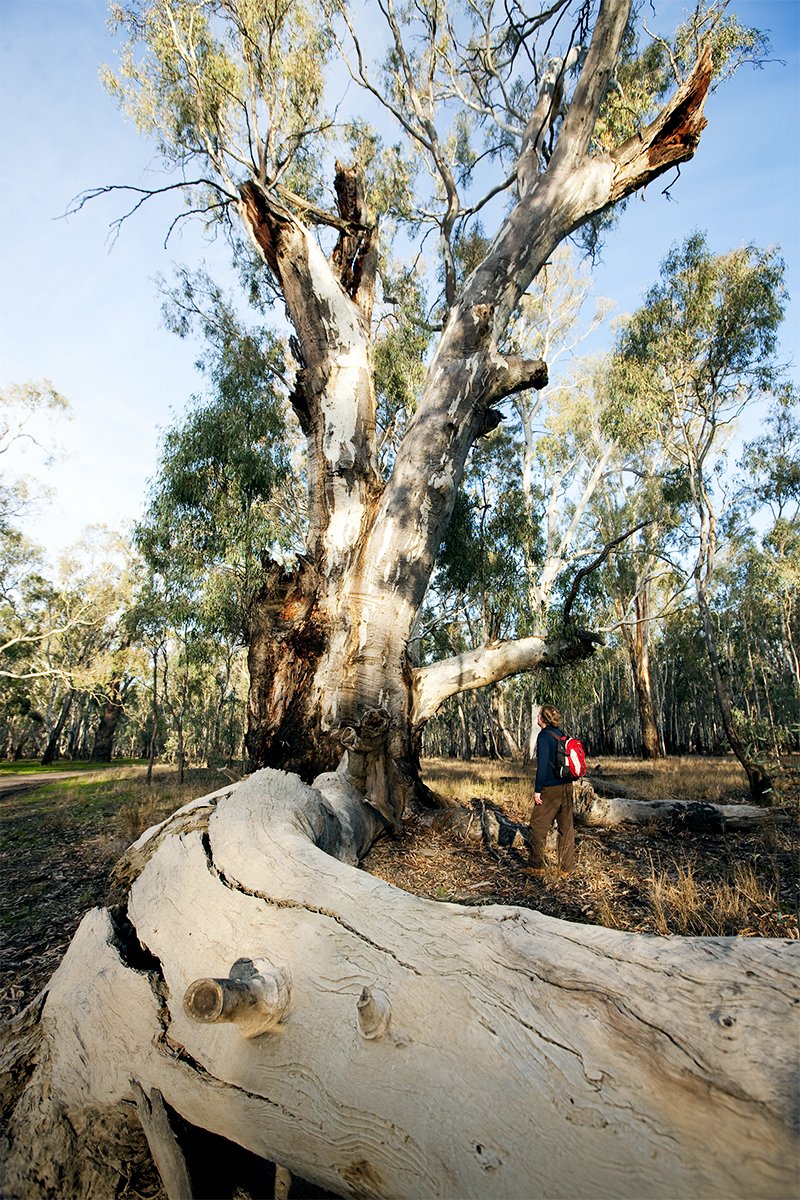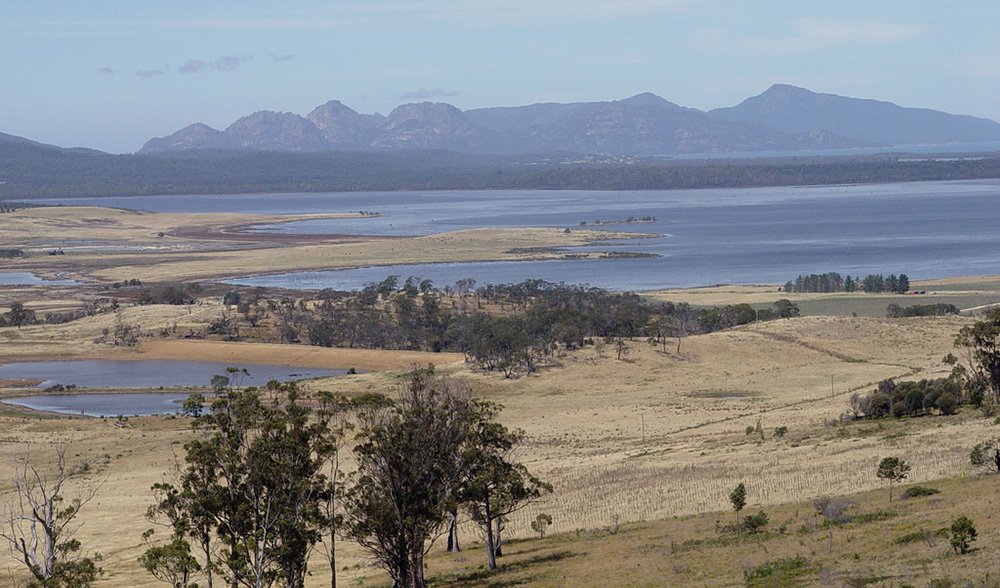Six of the best Australian wetlands

1. The Coorong, and Lakes Alexandrina and Albert, SA
In summer a diverse range of waterbirds visit this 1405sq.km wetland. The Australian pelican, crested tern, fairy tern and the rufous night heron rely on it to breed. The area is 23 individual wetlands and is also home to the threatened southern bell frog.

Image: CSIRO
2. Barmah Forest, VIC
The 28,500ha Barmah Forest wetlands provides natural control of flooding in the Murray River. The wetlands support 13 communities of vegetation – including the greatest extent of river red gum in Victoria – which provide vital habitats for native bats, parrots and possums.

River red gums grow in Barmah State Park by the Murray River. (Image: Robert Blackburn/Destination NSW)
3. Moulting Lagoon, TAS
This is an estuary on the central east coast of Tasmania, north of Great Oyster Bay, and is home to up to 10,000 black swans. The name comes from the swans shedding their flight feathers, which pile up along the shore.

(Image: mikeccross/flickr)
4. Macquarie Marshes, NSW
Traditionally used by the Wayilwan people for ceremonies and burial grounds, these marshes, in north-western NSW, are comprised of swamps, lagoons and channels on the floodplains of the Macquarie River.

(Image: Grenville Turner/Australian Geographic)
5. Mareeba Tropical Savanna and Wetland Reserve, QLD
This reserve, also known as the Mareeba Wetlands, is a sanctuary for almost all of Australia’s tropical waterbirds – at least 204 species. They are made up of 12 interconnecting lagoons, creeks and channels across a 2025ha reserve. Pandanus Lagoon is the largest and a drawcard for birdwatchers, attracting Australia’s only stork, the jabiru.

(Image: Murray Spence/Australian Geographic)
6. Kakadu National Park, NT
This wilderness in the Top End is perhaps the most biodiverse place in Australia. The wetlands span the entire national park. In the Dry, from May to October, when the water contracts into billabongs, up to 3 million waterbirds accumulate, including jabiru, egrets, brolga and comb-crested jacana.

(Image: Don Fuchs/Australian Geographic)
Source: Australian Geographic Jan – Feb 2012
READ MORE:
- Aussie wetlands vitally important, study says
- 6 of the best lighthouses in Australia
- 6 of the best blowholes in Australia




